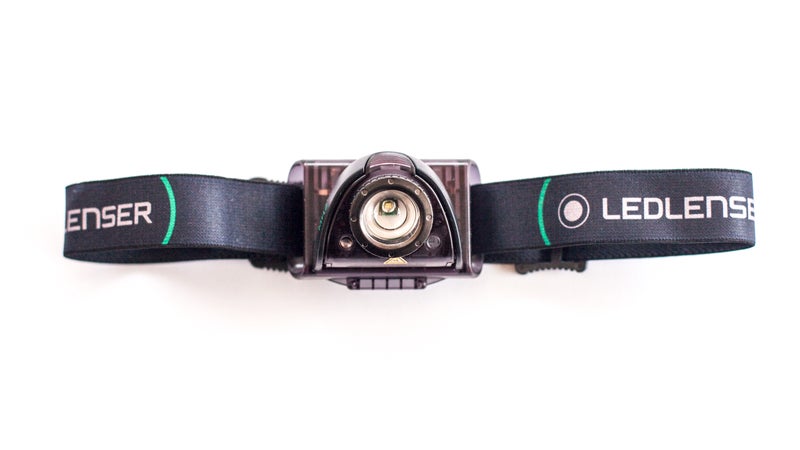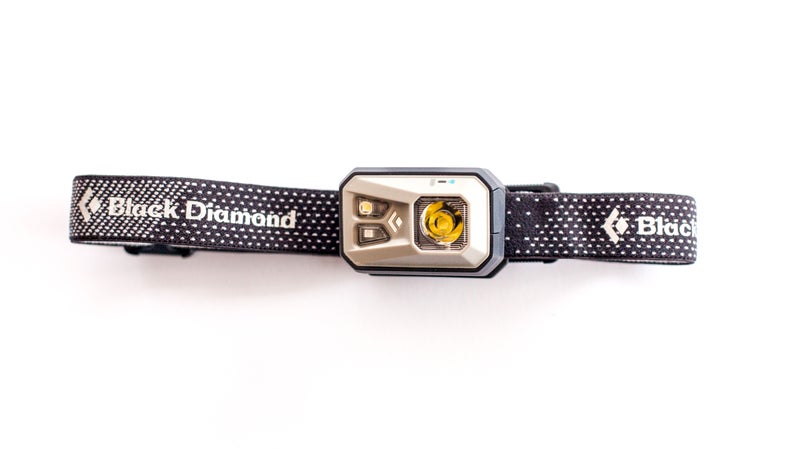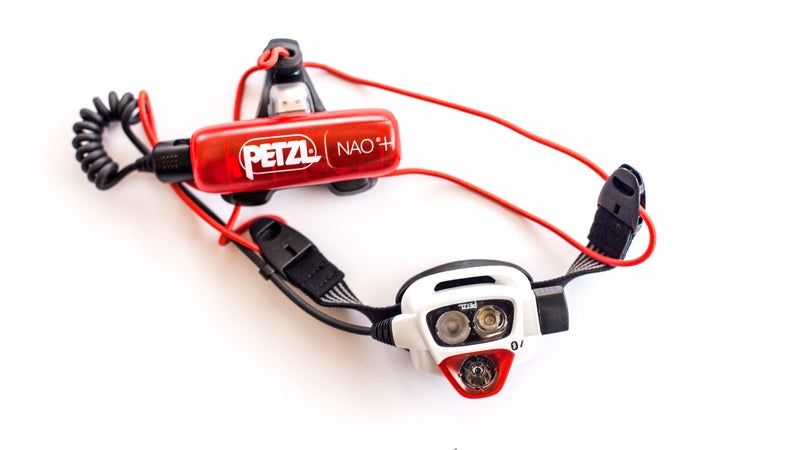A headlamp is one of those pieces of gear that can get away with being extremely basic. If you’re only going to use it to wash dishes in the dark or find the bathroom in the middle of the night, any simple source of light will do. Features above and beyond that can seem like mere perks. This often raises the question �����ԹϺ���’s gear team hears the most: Why should I spend $50 or $100 when I can spend $10?
The shortest answer: You shouldn’t. If you plan to use your headlamp as a general tool around the campsite, you don’t need the extra features and higher lumens that come with a jump in price. But if you plan on really getting after it in the backcountry, best to invest in a more expensive, feature-rich model.
I’ve found that quality lights tend to land within three price ranges: $20 to $30, $40 to $60, and $100 and up. To give an idea of what’s offered at each of these tiers, I picked three headlamps that slotted into those price points, got the download from the companies, then tested them for three months, doing everything from taking out the trash to hiking at night.
Budget: ($25)

Max Lumens: 100
Standout Features: Three lighting options (high, low, blink), 40-hour battery life, adjustable focus, water-resistant.
Testing Notes: The MH2 was extremely easy to use, which I found invaluable while fumbling around in my pitch-black garage amid piles of gear when the power shorted out. You toggle through its lighting options by pressing the main button, and the beam can be focused easily and aimed even with a gloved hand. I was really impressed with the long battery life and would trust bringing this on a four- or five-day backpacking trip.
The size of the housing was a little clunky and, at 3.7 ounces, notably heavy on hikes over half an hour, but it’s hard to complain about that at this price.
Worth the Price? Absolutely. At $25, this was the easiest sell of the three here. The beam’s focus was crisp and on par with lights twice its price; it just had less power and fewer features. The 40-hour battery life blows $10 bargain lights out of the water.
Mid-Tier: ($60)

Max Lumens: 300
Standout Features: Fully waterproof, total adjustability between one and 300 lumens, strobe, red light, runs on disposable AAA batteries or can be recharged, side battery-life indicator.
Testing Notes: Even though it’s low-profile, the single wide button made it easy to work my way through all the features while wearing a light glove. As someone who often finds himself navigating through the woods in the dark, I need more brightness, and the ReVolt’s 300-lumen punch did make me feel better than the MH2’s. This light packs all that capability into a 3.4-ounce package, and it was only a little larger than a mini Snickers bar, so it fit nicely in the front pouch of my daypack.
The feature I loved most was how I could seamlessly swap between AAA batteries and the rechargeable ones that come with the ReVolt. I am always scared to go on longer trips with only a rechargeable battery, because outlets are scarce in the backcountry, and I always carry at least one spare set of AAA batteries in case of emergencies.
Worth the Price? The ReVolt could pay for itself in a season of heavy use based on the rechargeable batteries alone. For my personal use, these mid- to high-range headlamps hit the sweet spot between price and power—though I’d be lying if I didn’t say the waterproofing has saved my butt more than once when drybags have leaked.
High End: ($200)

Max Lumens: 750
Standout Features: Reactive lighting that automatically adjusts the brightness based on your needs (it also helps preserve battery life); connects via Bluetooth to your phone, where you can set brightness levels manually; gobs of lumens.
Testing Notes: The Nao+ was the most fun headlamp I have ever played with. Toggling through light levels—achieved by twisting a large square button—was super easy. The reactive lighting (which seems to magically change the brightness based on the distance to the object you’re looking at) really works. The 750-lumen blast made me feel perfectly comfortable scrambling down a steep hiking trail in the dark, and I wouldn’t hesitate to take the Nao+ night skiing. Checking the battery and selecting my lighting style using Bluetooth on my phone was really fun to play with at home, although certainly less practical deep in the backcountry.
But the Nao+ is big—a separate battery that rests on the back of the strap is comparable in size to the ReVolt. Removing and recharging the battery was a little clunky and took some doing. I wouldn’t want to mess with it too far in the backcountry at night in a storm.
Worth the Price? Depends. After recreating with and generally geeking out on this headlamp for a few months, I will say that its heaps of features work well and the lumen output is legit. But how much is too much? “Way too large and complicated,” my wife says, adding that she wouldn’t want this headlamp at any price. My takeaway is that if you are a professional alpinist, ski mountaineer, or trail runner who wants to move quickly in the dark, the Nao+ is absolutely worth the investment. Probably not for most of us mere mortals, though.


